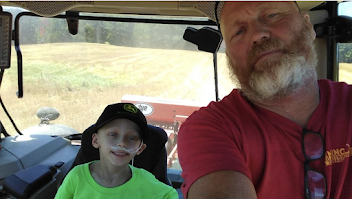How do rural communities sustain local journalism that supports democracy?
The program will include a wide range of news-industry professionals, academic researchers, journalism funders, and community developers (including some rural journalism start-ups) who realize that communities need local journalism. The program will include:
- A discussion of journalism innovation and alternative revenue, by Jack Rooney, managing editor for audience development of The Keene Sentinel, a small daily in New Hampshire, and David Woronoff, publisher of The Pilot, a twice-weekly in Southern Pines, N.C.;
- The latest figures on news deserts and ghost newspapers, with a rural angle, from Zachary Metzger, a researcher at the Medill School at Northwestern University;
- Presentation of research about community engagement and an experiment in new business models for local journalism by Nick Mathews of the University of Missouri;
- A publisher's perspective on that ongoing experiment in engagement and new business models, from Joey Young of Kansas Publishing Ventures in Hillsboro, Kan.;
- A discussion of how to use citizens as news correspondents, including Lynne Campbell of the Community News Brief in Macomb, Ill., and Lindsey Young of KPP, developer of the training program "Earn Your Press Pass;"
- A discussion of philanthropy for rural journalism,led by Duc Luu of the John S. and James L. Knight Foundation;
- The latest on advocacy of government policies at the state level to help sustain local journalism, from Anna Brugmann of the Rebuild Local News Coalition;
- A presentation on community building and engagement from the Community Strategies Group of The Aspen Institute;
- What it's like to stop printing a newspaper and move it to Facebook, from two award-winning rural publishers who felt they had to do that: Laurie Brown of The Canadian Record in Texas and Ryan Craig of the Todd County Standard in Kentucky;
- A discussion of how university journalism programs can fill gaps in local news coverage, led by Richard Watts of the Center for Community News at the University of Vermont;
- A presentation from Melissa Cassutt of the Solutions Journalism Network and one of its partners, Casper Star-Tribune government reporter Mary Steurer;
- Reports on rural start-ups, including Jennifer P. Brown of the Hoptown Chronicle in Hopkinsville, Ky., and Nicole DeCriscio Bowe, who has local foundation support for her start-up in Spencer, Ind.;
- A discussion of broader rural news coverage, from The Daily Yonder and Alana Rocha of the Institute for Nonprofit News's Rural News Network;
- Other presenters, to be announced, and a concluding roundtable.

























